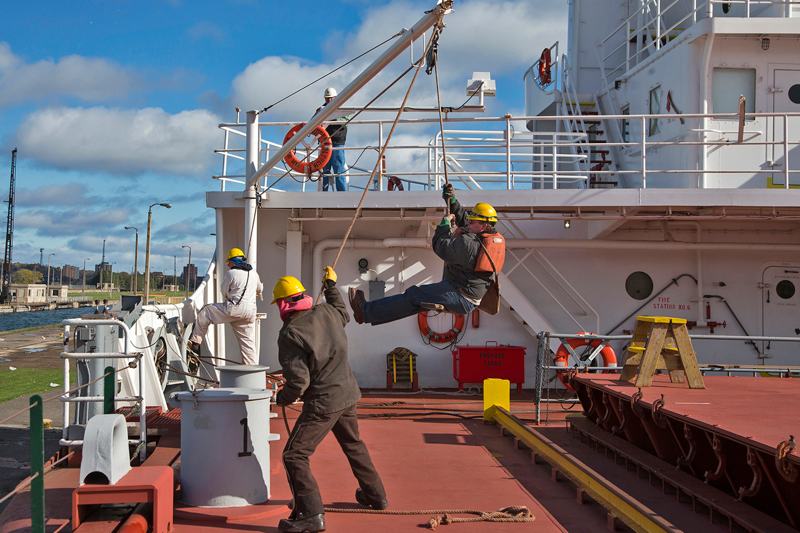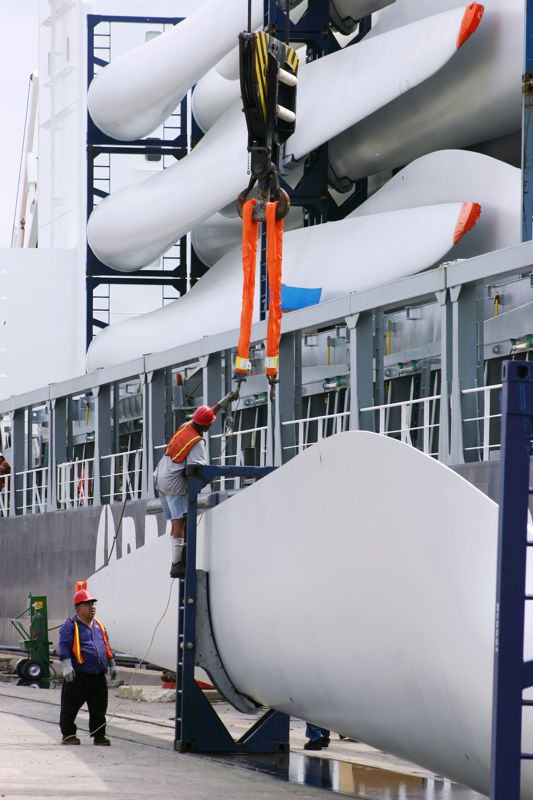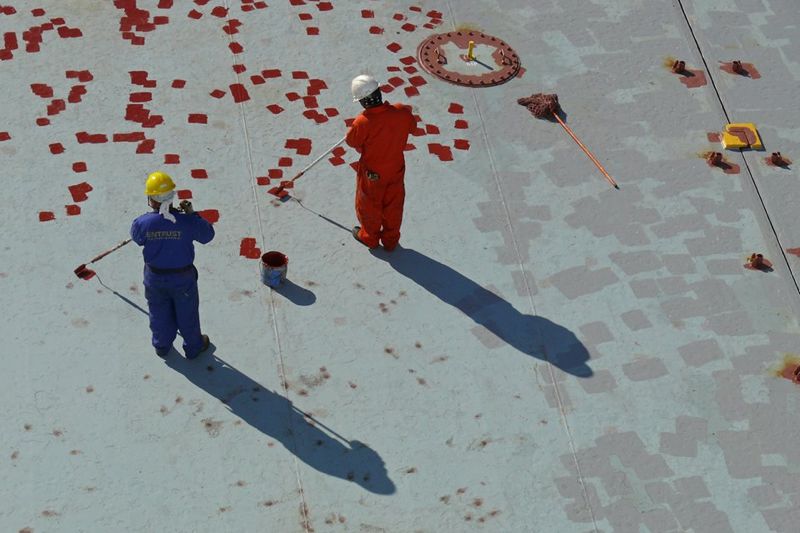
The deck department includes crew members who are responsible for navigating the vessel and handling its cargo. Deck jobs can be acquired by attending a maritime college in Canada or a maritime academy in the U.S. and joining the industry as an officer, or by beginning in an entry-level position and working up the career ladder. Shipping companies and labor unions encourage mariners to expand their credentials and often offer opportunities for continuing training and education. Personnel working in the deck department are divided into two categories: licensed and unlicensed.
Licensed Personnel (Officers)
Deck officers hold licenses issued by the U.S. Coast Guard or Transport Canada. Becoming an officer in the deck department requires either gaining sufficient experience and sea time as an able seaman and passing the proper examinations; or earning a bachelor’s degree from a merchant marine academy in the U.S. or college diploma from a maritime college in Canada and passing examinations to be licensed as a third mate. Career advancement as an officer is achieved through experience, sea time and completion of additional professional examinations.
Master or Captain

The Master, or Captain, is a licensed member of the deck department and the ship’s highest ranking officer with overall responsibility for the vessel’s crew and operations including the protection of the vessel, its cargo and the environment. On a day-to-day basis these responsibilities can range from managing personnel resources, managing the navigation of the vessel according to prescribed standards, ensuring compliance to safety and quality system management performance standards, ensuring the security of the vessel and to managing accounting, payrolls and inventories.
Mate
A Mate is a deck officer who shares responsibility for navigating the vessel, overseeing loading and unloading of cargo, supervising activities of the deck crew, and other duties not carried out by the Captain. On bigger ships, officers are generally divided into hierarchical categories based on experience and credentials, with increased responsibilities from third mate to chief mate.
Unlicensed Deck Ratings

Deck ratings typically assist with deck operations such as maintenance of areas and equipment, docking and undocking, handling lines, operating machinery and lifesaving equipment and standing watch in the wheelhouse, provided watchkeeping exams are completed. This position involves conducting physically demanding work as well as working with a team of people. One can become a deck rating either by gaining seamanship experience and completing the appropriate courses and endorsements, or by completing a course certificate from an educational institution recognized by the U.S. Coast Guard or Transport Canada as well as obtaining basic certifications and documents.
For complete information on requirements for different positions in the deck department, contact the U.S. Coast Guard’s National Maritime Center or Transport Canada’s Marine Safety Services.


